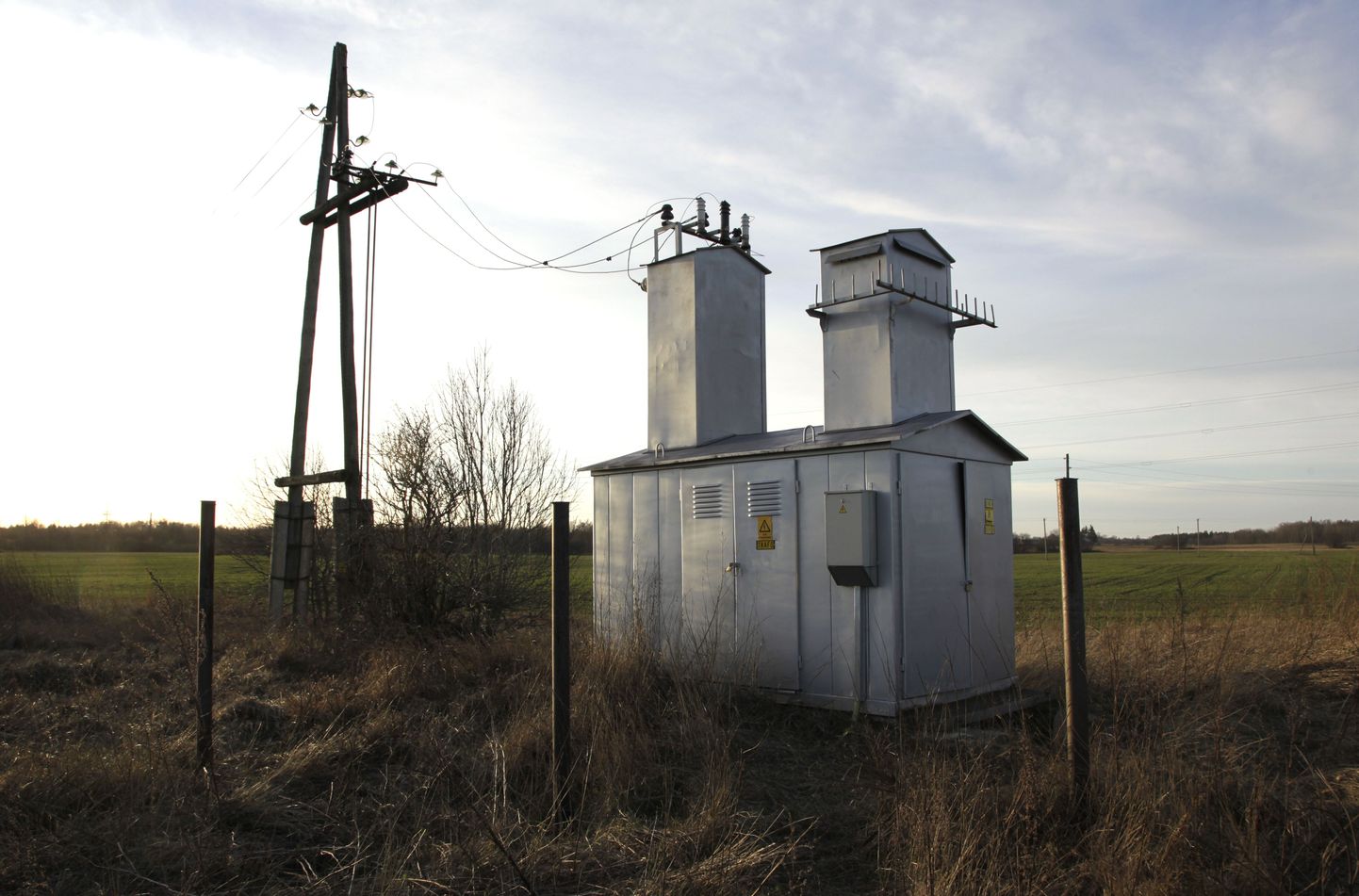
The system price on the Nordic power exchange Nord Pool Spot (NPS) increased by 13 percent in March compared to February, to 44.83 euros per megawatt-hour. The rise was mostly caused by colder weather and increased consumption, Elering reported.

The system price on the Nordic power exchange Nord Pool Spot (NPS) increased by 13 percent in March compared to February, to 44.83 euros per megawatt-hour. The rise was mostly caused by colder weather and increased consumption, Elering reported.
The price grew the most in Norway’s Bergen price area, while the smallest increase occurred in Danish price areas. The latter were affected by the electricity price in Germany, which fell due to an increase in wind power output.
Norway’s March electricity consumption was 14 percent higher than the same month last year, alongside increases of 11 percent in Sweden, 8 percent in Finland and 6 percent in Denmark. At the same time, the availability of hydro energy in the Nordics decreased as much as 38 percent compared to the same period of 2012, as a result of the continued cold weather. While Norway is normally a significant exporter of electricity, last month it only managed to cover 94 percent of domestic consumption.
Estonia saw average air temperatures nearly five degrees below the same period last year, and the market price of electricity grew by 13.7 percent month-on-month, to 45.28 euros per megawatt-hour.
Power exchange prices also grew in the NPS ELE and NPS Lithuania price areas, by 11.4 percent to 46.18 euros and by 8 percent to 46.35 euros respectively. Finland’s price was slightly lower than Estonia’s, at 45.01 euros, an increase of 14.2 percent. Estonian and Finnish prices were equal for 74 percent of all hours in March.
In Latvia, production covered 73 percent of consumption in March, while in Lithuania it was only 40 percent. Latvia’s March output fell because a gas-fired power plant with a capacity of over 400 megawatts was shut down for annual maintenance. The maintenance was planned in anticipation of a typical year, when the Daugava River would normally have enough additional water flow to cover the deficit.
Power flow along the EstLink 1 undersea cable was mostly in the direction from Estonia to Finland at the beginning of the month, but starting from the second half of the month, power flow from north to south increased. Power flow from Finland to Estonia occurred in hours when significant amounts of electricity were flowing from the Estonian price area to the NPS ELE price area. Overall for the month, the power flow was from Estonia to Finland for 230 hours and from Finland to Estonia for 323 hours. In March, EstLink 1 operated at maximum capacity for 76 hours in the direction from Estonia to Finland, and for 118 hours in the direction from Finland to Estonia.
The price of natural gas imported into Estonia in March grew by four percent month-on-month to 33.52 euros per megawatt-hour, in Elering’s estimation. The price growth was caused both by the increase in the nine-month average price of liquid fuels, and by the weakening of the euro.
Carbon dioxide emission quota prices have stayed low since the start of the year, supporting the competitiveness of fossil fuel based power plants. By mid-March, the prices of emission quotas fell to 3.45 euros per ton, rising to 4.89 euros by the end of the month.